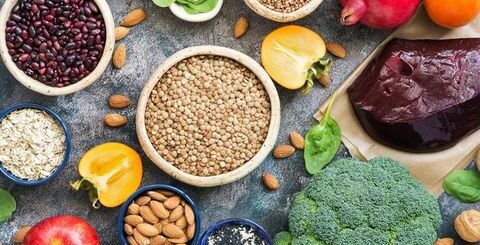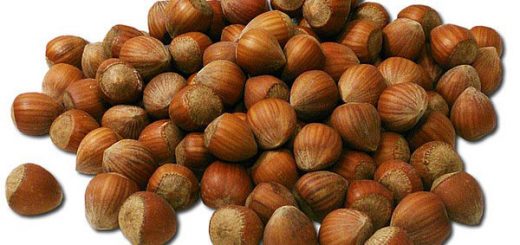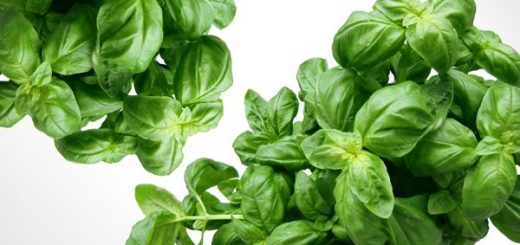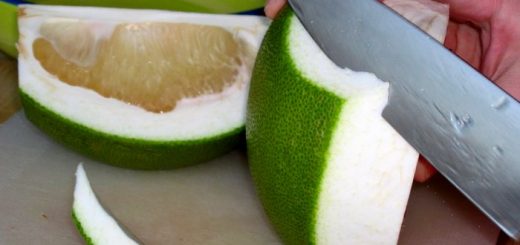Five ways to hydrate the body without drinking a lot of water

When the body is dehydrated, the level of water contained in the blood decreases, hindering circulation and the functioning of some vital organs.
The body is made up of 60% water that is present inside the cells, in the blood and in other liquids such as saliva, sweat and tears. In this sense, water is an essential element in the functioning of the organism, especially to regulate body temperature.
According to the Normon web portal, water fulfills other functions such as transporting and distributing essential nutrients for cells such as minerals, vitamins and glucose. Likewise, it helps to eliminate the toxins that the organs produce, collaborates in the digestive process and acts as a natural lubricant for the functioning of the joints.
Therefore, it is important to hydrate daily because the body constantly loses water in the breathing process, when exercising and sweating, when urinating and evacuating feces. Through these actions, the body can lose an average of between two and 2.5 liters of water per day. In addition to water, nutrients such as sodium, potassium, calcium, fluoride and other electrolytes are also lost.
If this problem is not regulated in time, the body can suffer from dehydration that would trigger serious health problems. Therefore, lost fluids must be replaced by consuming water and some foods that also hydrate the body. In fact, the nutritionist psychologist Itziar Digón makes known to the Vanitatis web portal , some of them:
Watermelon
This is one of the fruits richest in water. Exactly, it is composed of 93% liquids that make it a refreshing and hydrating food. In addition, it is rich in lycopene, an antioxidant found in red fruits and vegetables, which helps protect our body against the effect of free radicals.
Cantaloupe
This fruit contains 90% water and is rich in vitamins A, C, E and powerful flavonoids, which are ideal for hydrating the body and also help combat premature aging of the skin. It even “contains potassium, calcium and zinc, minerals that keep the nervous and muscular systems in shape. And it is low in fat and calories, only 34 calories per 100 grams”, according to Digón.
Papaya
It contains 89% water, few calories and has a low sugar content. Papaya is also rich in vitamin C and provitamin A, two essential substances to combat photoaging. Likewise, the nutritionist points out that “it contains potassium, essential for the functioning of the nervous system and the digestive system.”
Avocado
To hydrate the body, not only liquids are needed, but also unsaturated fats that are ideal for cell balance. For this reason, avocado is a fruit rich in saturated fats, specifically monounsaturated fatty acids, and it also has 20 vitamins and minerals that hydrate the body and protect it from aging.
Tomatoes
This vegetable is 92% water and is a great source of lycopene and vitamins A and C, two antioxidants that fight free radicals that appear on the skin due to sun exposure. Digón also explains that tomatoes “contain potassium and low levels of sodium, which helps prevent fluid retention and eliminate toxins.”
On the other hand, the European Food Safety Authority (EFSA) indicates some established reference values to determine the exact amount of water that a person should ingest:
- Children are the population most at risk of dehydration for various reasons. One of them is that their immune system is developing and they are more prone to diarrhea or gastroenteritis, with their corresponding fluid loss. Experts advise drinking a little water to stay well hydrated and avoid problems.
- Adult women and men between the ages of 20 and 70 should generally consume two liters and 2.5 liters of water, respectively. If any physical activity is carried out, the amount proportional to the loss of water should be ingested.
- Pregnant or lactating women are also at much higher risk of dehydration, as the baby’s needs and the mother’s nutritional requirements change and are amplified. According to EFSA, at the end of the third trimester of pregnancy, water represents 94% of the total weight of the baby.











